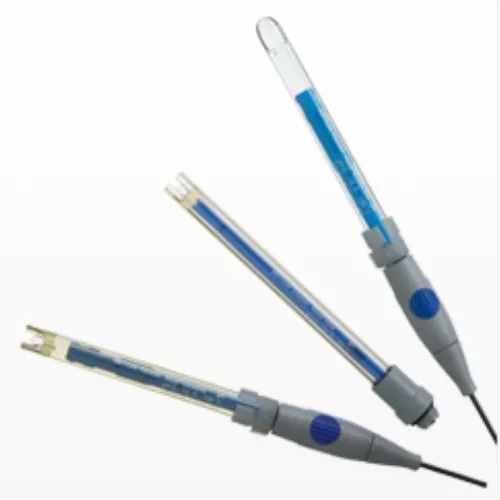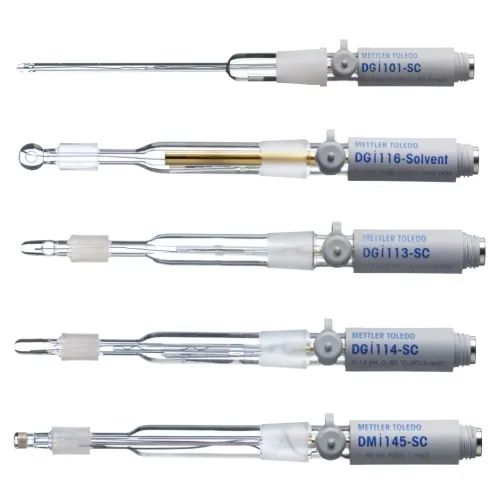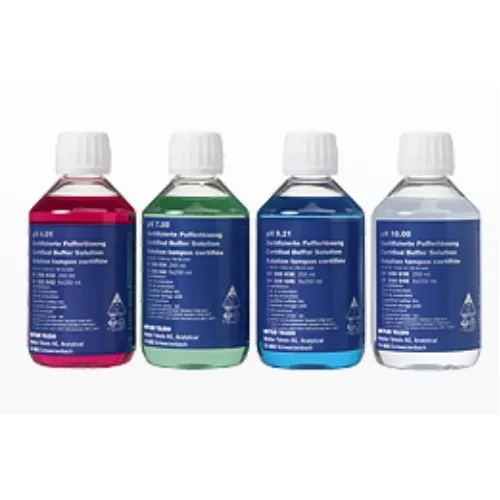InLab ORP/Redox Electrodes
Product Details:
Product Description
InLab ORP/Redox Electrodes
FAQ
1. How do ORP/Redox electrodes work?
Ans - The oxidation-reduction potential (ORP) of a specific solution is measured by ORP/Redox electrodes, which are specialised probes. The ORP/Redox electrode can be used to check the quality of food, water, and other liquids by detecting the presence of specific substances in a solution.
2. How does an electrode for ORP/Redox function?
Ans - The ORP/Redox electrode is made up of two components: a working electrode and a reference electrode. The working electrode's voltage is measured in relation to a reliable source of voltage called the reference electrode. The oxidation-reduction potential of the solution is measured using the working electrode, and the voltage for comparison is provided by the reference electrode.
3. What kinds of solutions can an ORP/Redox electrode measure?
Ans - Any type of solution's oxidation-reduction potential can be measured using ORP/Redox electrodes. Water, food, drinks, acids, bases, and other liquids are examples of common solutions that can be tested with an ORP/Redox electrode.
4. Approximately how frequently should an ORP/Redox electrode be calibrated?
Ans - To obtain reliable results, ORP/Redox electrodes should be calibrated frequently. The type of application and environment in which the electrode is used determine how frequently it needs to be calibrated.
5. What temperature should an ORP/Redox electrode be stored at?
Ans - An ORP/Redox electrode should be stored at a temperature of 4 deg C (39 deg F). To guarantee the electrode's good operation and accuracy, it must be stored in a cool, dry environment.

Price:
- 50
- 100
- 200
- 250
- 500
- 1000+
Other Products in 'Laboratory Consumables & Accessories' category
 |
Mettler-Toledo India Private Limited
All Rights Reserved.(Terms of Use) Developed and Managed by Infocom Network Private Limited. |
 English
English Spanish
Spanish French
French German
German Italian
Italian Chinese (Simplified)
Chinese (Simplified) Japanese
Japanese Korean
Korean Arabic
Arabic Portuguese
Portuguese






